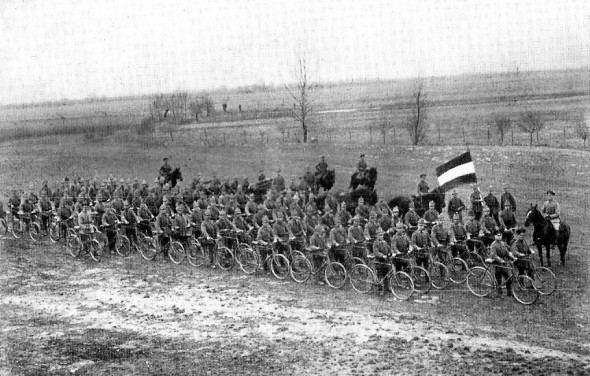“Buy one cone, get one free.”
I would’ve stopped for that, except that, these
days, I simply can’t eat ice cream—or any other dairy product—while I’m
riding.
“Free scoop of any flavor.”
What can they come up with that I haven’t already
tried? Mongolian yak butter with wasabi soy
nuts?
“Buy one sundae.
Get second at half-price.”
What’s
with all of those ice-cream sales?, I wondered. Today brought hotter weather than this part
of the world has experienced in nearly two years; I couldn’t imagine how
special sales or other incentives were needed to sell ice cream on a day like
this.
I didn’t take a long ride today, but I felt as if
I saw more promotions for ice cream along the way than I’d normally see in a
whole year of riding.

If it sounds like one of those holidays only
Ronald Reagan could have declared, well, there’s a reason: He actually mandated it in 1984, while he was
running for his second term in the White House.
Whether that helped him win the election, we’ll never know: Even though he was good for business (theirs,
anyway), I simply can’t imagine that Ben or Jerry would ever have voted for
him.
Anyway, finally learning about this holiday three
decades after it was decreed, I recalled a moment from my youth. (You knew that
was coming, didn’t you?) It happened around this time of year, in the summer
after my sophomore year at Rutgers. I
was working two jobs, taking a class to make up one I’d failed as a freshman
and doing lots of bike riding. All of
that while living on pizza and “subs” and cheap alcohol.
One Sunday in July, I decided to go for a
ride. I had no particular destination in
mind, but I soon found myself—as I often did in those days—along the Delaware
and Raritan Canal towpath, on my way to Princeton. Going there and back would have made for a
good morning ride. But once I got to
Princeton, I saw a bunch of cyclists signing up for something at a table, and a
bunch more cyclists pedaling down Witherspoon Street.
“Do you want to ride with us?”
Why
not?, I thought.
I signed myself up and paid the registration fee--$3, if I remember
correctly—and someone handed me a T-shirt.
That ride was one I’d do again a year later: the Princeton Century. A few hundred of us, I think, pedaled from
the university campus into central New Jersey suburbs, the rolling farmland in
the western part of the state, and across the Delaware River into Buck’s
County, Pennsylvania.
In the Keystone State, we rode into a town called
New Hope. It’s sort of like
Woodstock: once an artist’s colony, it’s
now home to people who pay lots of money to say they live there. Then, as now, its main street was lined with
stores and cafes that are novel or pretentious or simply way too cute,
depending on what you’ve experienced before seeing them.
A few of us stopped in one of the too-cute cafes,
which turned out to be an ice cream shoppe (yes, with an “e” on the end)—the
first such establishment I ever visited that wasn’t a Carvel, Baskin
Robbins, Friendly’s or an imitation of
one of them.
That shop—I can’t remember its name and, silly me,
I didn’t write it in my journal—claimed to make its own ice cream from fresh
ingredients. I didn’t doubt it, as its
menu featured all sorts of flavors I never could have imagined. When I go to a restaurant or café and there’s
something on the menu I’ve never eaten or drank before, that’s what I
order. In that ice cream shop, there
were at least twenty such flavors. I
picked one of them at random: Ukraninan
Rose Petal.
It was the worst thing I’d ever tasted.
But all was not lost. I finished the century--my very first--and rode back to New Brunswick. In all, I rode 137 miles: up to that point in my life, the most I'd ridden in one day.
And today, yes, I gave in to the marketing hype and celebrated National Ice Cream Day. I didn't try anything exotic: I went to the Baskin-Robbins around the corner from my apartment and ordered a scoop of each of my favorite flavors: Cherries Jubilee and Pistachio Almond--on a waffle cone, which was free with the two scoops.
I'm happy.




